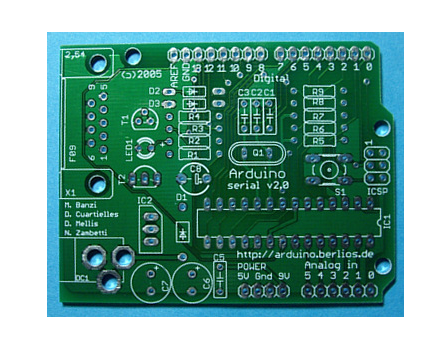Transmission line is defined as a signal line with signal backflow (consisting of two wires of a certain length, one is signal transmission path and the other is signal return path). The common transmission line is the line on our PCB board. So, how long is the transmission line on the PCB?
How long is the transmission line on the PCB?
This is related to the signal propagation speed, which is 6in/ns in the copper wire on the FR4 plate. Simply put, as long as the round-trip time of the signal on the circuit is greater than the rise time of the signal, the circuit on the PCB should be treated as a transmission line.

Let's see what happens when the signal travels over a long line. Suppose there is a 60-inch PCB wiring, as shown in Figure 1. The return path is the ground plane of the inner layer of the PCB near the signal line, and the road between the signal line and the ground plane is open at the far end.
It takes 10ns for signals to be transmitted to the end of the line and another 10ns to be returned to the source end. Therefore, the total round-trip time is 20ns. If the signal round-trip path above is a normal current loop, there should be no current on the return path because it is open at the far end. But this is not the case. The return path has a current at the beginning of the signal.
Add a signal with a rise time of 1ns to this section of line. In the first 1ns time, the signal only goes 6 inches on the return line. We do not know whether the far end is open or short. If the signal round-trip path is regarded as an ordinary current loop, there will be a contradiction, so it must be treated as a transmission line.
In fact, there is parasitic capacitance between the signal line and the plane of return to ground. As the signal propagates forward, the voltage at point A stays constant. For the parasitic capacitance, the changing voltage means that A current is generated, in the direction shown by the dotted line. Thus, the perceived impedance of the signal is the impedance presented by the capacitance, and the parasitic capacitance forms the path of current backflow. At each point along which the signal travels forward, it experiences an impedance caused by the varying voltage applied to the parasitic capacitance, often called the transient impedance of the transmission line.
When the signal reaches the remote end, the voltage of the remote end rises to the final voltage of the signal, and the voltage does not change. Parasitic capacitance still exists, but without voltage changes, capacitance is equivalent to open circuit, which corresponds to the DC case.
Therefore, the signal path behaves differently in the short term than in the long term, and in the initial short period of time, the behavior is the transmission line. Even if the far end of the transmission line is open, the front section of the transmission line will behave like a finite resistance during signal jump.
Knowledge expansion: Transmission line impedance
To clarify a few concepts, we often see impedance, characteristic impedance, instantaneous impedance, strictly speaking, they are different, but all the same, they are still the basic definition of impedance:
The input impedance of the beginning of the transmission line is referred to as impedance; The instantaneous impedance that the signal encounters at any time is called instantaneous impedance. If the transmission line has a constant instantaneous impedance, it is called the characteristic impedance of the transmission line. Characteristic impedance describes the transient impedance of a signal as it travels along a transmission line, which is a major factor affecting signal integrity in a transmission line circuit.
Unless otherwise specified, the characteristic impedance is generally referred to as the transmission line impedance.